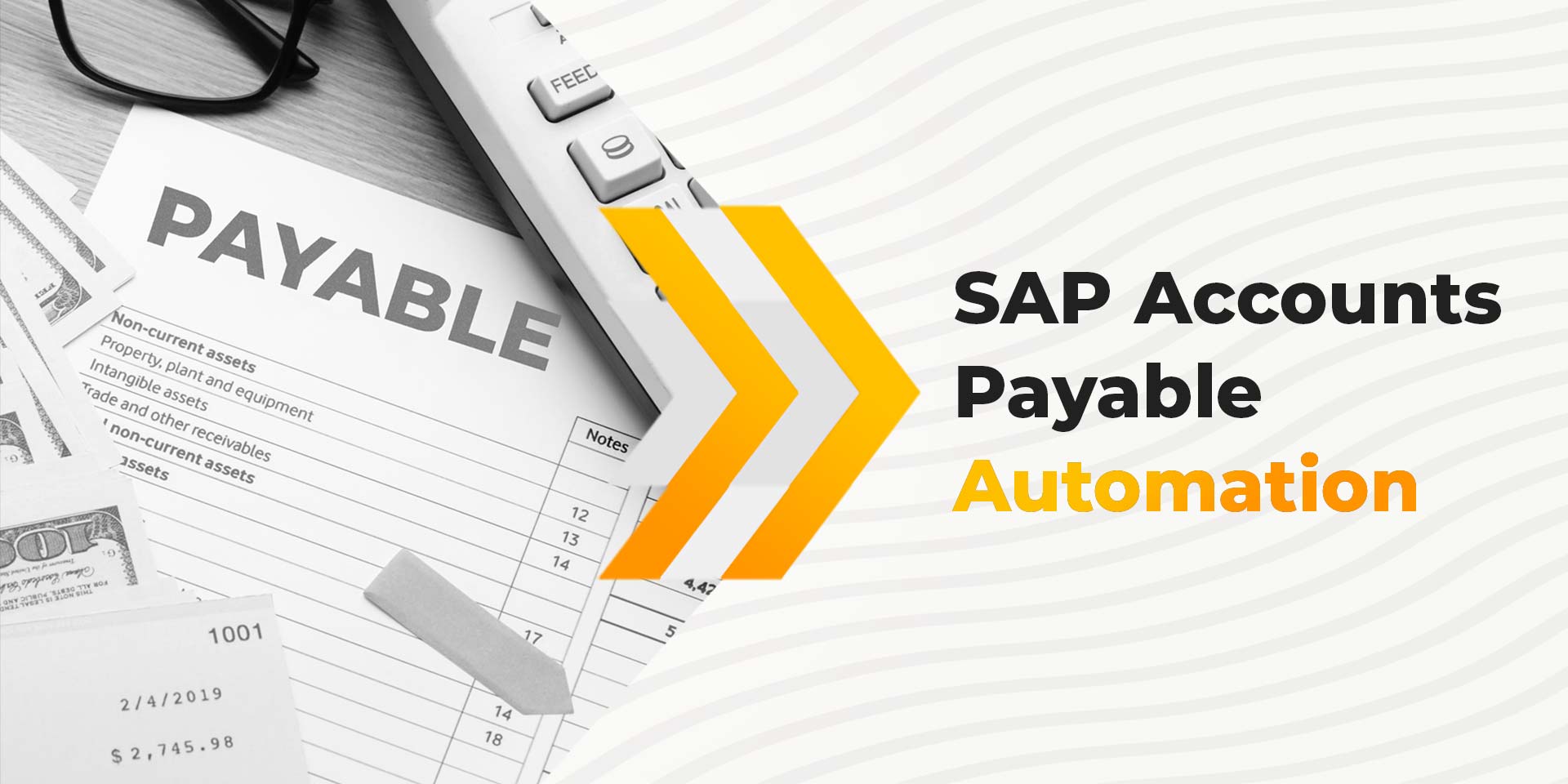Accounting
Automation
Streamline Month-End Close Processes with SAP Automation and Financial Automation Tools


- Table of Contents
- Introduction
- What Is the Month-End Close?
- Why Automate?
- How Does Finance Close Automation Work?
- Is RPA a booming technology?
- Benefits of Automation for Month-End Close Processes
- Trends in Automation
- Understand Your Business Requirements
- Conclusion
Introduction
The modern workplace is rapidly changing and businesses across all industries are constantly looking for ways to improve efficiency. Financial processes, in particular, have become increasingly complex as companies strive for ever greater accuracy and transparency.
Thankfully, the introduction of RPA tools has revolutionized how businesses manage their financial operations. With finance automation capabilities for month-end close process, organizations can now streamline their business financial processes and reduce errors that could result from manual input or oversight.
What Is the Month-End Close?
onth-end close is a crucial part of any organization’s finance processes. It requires finance teams to review balance sheet accounts and reconcile discrepancies between actual balances and what was planned in the company’s budget. Month-end close also involves the production of financial statements, such as income statements and balance sheets.
Why Automate?
Since month-end close is a critical process, it’s important to ensure accuracy and efficiency throughout the process. To know the RPA meaning in finance, organizations need to look no further than the introduction of automation into their month-end close process. Manual processes can result in costly errors due to human oversight or input. Automation helps to reduce these risks by streamlining operations and providing real-time data that finance teams can use to make better decisions faster. Additionally, automating the month-end close process with intelligent automation in finance and accounting allows businesses to optimize their workflow while simultaneously improving compliance and analytics capabilities.How Does Finance Close Automation Work?
Month-end close process automation capabilities of RPA are designed to make the business process management more efficient while still ensuring accuracy. RPA works by automating core tasks such as reconciliation, budgeting, reporting, auditing, and other high-level financial functions. This allows businesses to focus on more complex tasks and accelerate their decision-making process. Additionally, automation in finance and accounting can provide comprehensive insights into financial performance, allowing organizations to better understand their financial health.
Is RPA a booming technology?
The answer is yes. Robotic process automation in finance and accounting has become an increasingly popular way for businesses to optimize their processes and gain insights into their financial performance. However, choosing the right intelligent automation company and implementing them effectively is essential for getting the most out of RPA in finance. An experienced RPA developer can help organizations to identify the best software for their needs and ensure that the finance automation is implemented properly.
Benefits of Automation for Month-End Close Processes
RPA provides numerous benefits for businesses looking to improve their financial processes. With finance automation, businesses can:
- Streamline financial reporting
- Improve risk management
- Increase compliance
- Enhance visibility
- Improve efficiency
Intelligent automation helps to streamline the month-end close process by eliminating manual data entry and reducing errors. Automation in finance and accounting offers an intuitive system that allows organizations to quickly access data and review balance sheet accounts without any manual input. Additionally, RPA automates the production of financial statements such as income statements and balance sheets, making it easier than ever to review these documents and ensure accuracy.
Automating the month-end close process with TULIP allows organizations to improve their risk management capabilities. Since data is automatically updated and real-time, businesses can quickly identify any discrepancies between actual balances and what’s planned in the budget. This helps to reduce risks associated with potential errors or oversight that could occur due to manual input.
Finance automation also enables organizations to improve their compliance capabilities. RPA ensures that data is up to date, consistent, and compliant with relevant regulations, making it easier for businesses to pass audits and remain in compliance with regulatory standards. It also eliminates the need for manual input or oversight, which can lead to errors or costly mistakes.
Finance automation of the month-end close process with robotic process automation allows businesses to gain greater visibility over their financial operations. With RPA’s analytics capabilities, organizations can quickly access real-time data and identify trends or discrepancies that could impact their bottom line. Additionally, they can easily monitor performance across departments and make more informed decisions based on accurate insights into their operations.
Finally, automating the month-end close process helps to improve the overall efficiency of business process management. By streamlining operations and eliminating manual data entry, organizations can reduce time spent on month-end close activities and focus their energy on more important tasks. Additionally, automating the production of financial statements makes it easy for finance teams to review documents quickly and accurately, enabling them to make better decisions faster.
Trends in Automation
A common question asked by many is: is RPA outdated? This answer is certainly not. RPA is on the rise as businesses strive to improve their financial processes and optimize operations. Beyond RPA, organizations are also taking advantage of artificial intelligence and machine learning to gain more insights into their financial operations. AI-driven solutions enable businesses to quickly identify discrepancies between actual balances and what’s planned in the budget, making it easier than ever to ensure accuracy. Additionally, predictive analytics can help organizations anticipate challenges before they arise and make better decisions faster.
Understand Your Business Requirements
Automation is a powerful tool for improving financial performance, but it’s important to keep in mind that different businesses have different requirements. To ensure successful implementation, it’s important to start by evaluating your organization’s specific needs and figuring out which features will provide the most value. Additionally, you should consider how automation can help streamline operations and reduce risks associated with potential errors or oversights. It is important to consider reliable RPA software that offers comprehensive features.
Conclusion
As technology continues to evolve, automation in finance and accounting will continue to play a critical role in helping businesses optimize their financial operations and achieve better results.
By leveraging automation capabilities for month-end close processes, organizations can streamline their workflow and increase accuracy while reducing costly errors associated with manual input or oversight. Intelligent automation also helps businesses improve risk management and compliance capabilities while gaining greater visibility over their financial operations. Ultimately, finance automation allows organizations to optimize their workflow while improving efficiency and making more informed decisions based on accurate insights into their operations.






